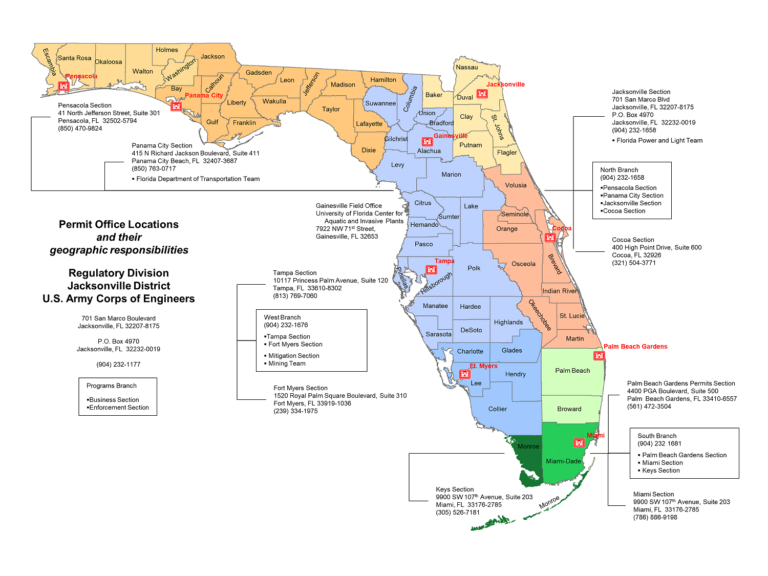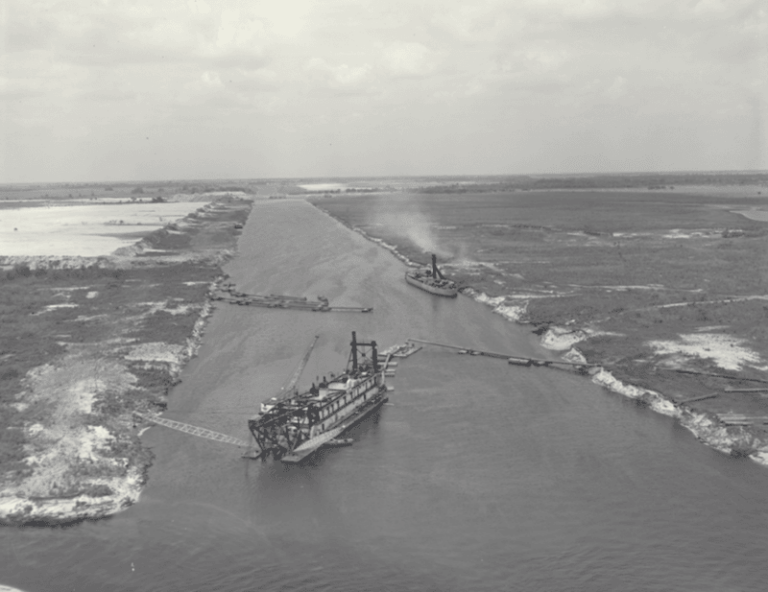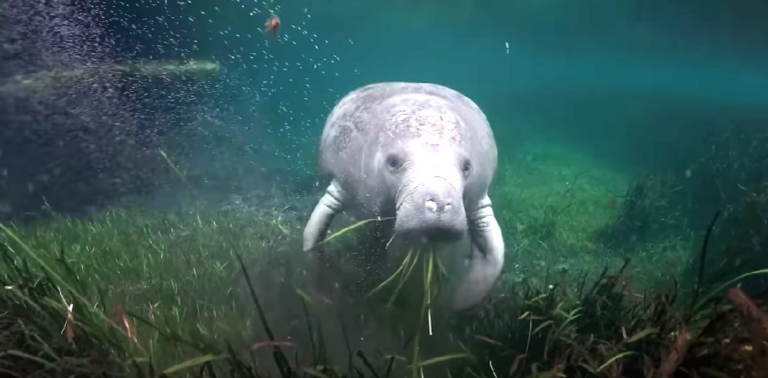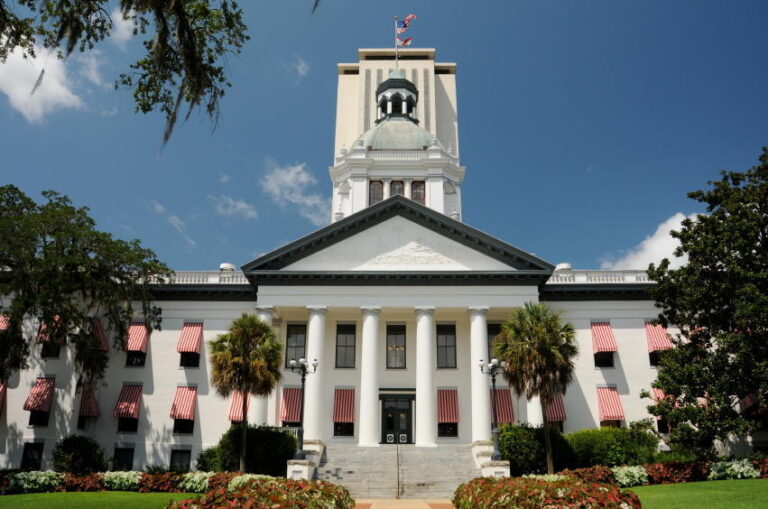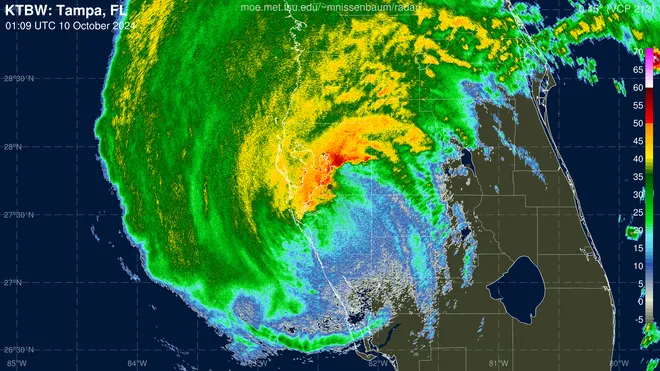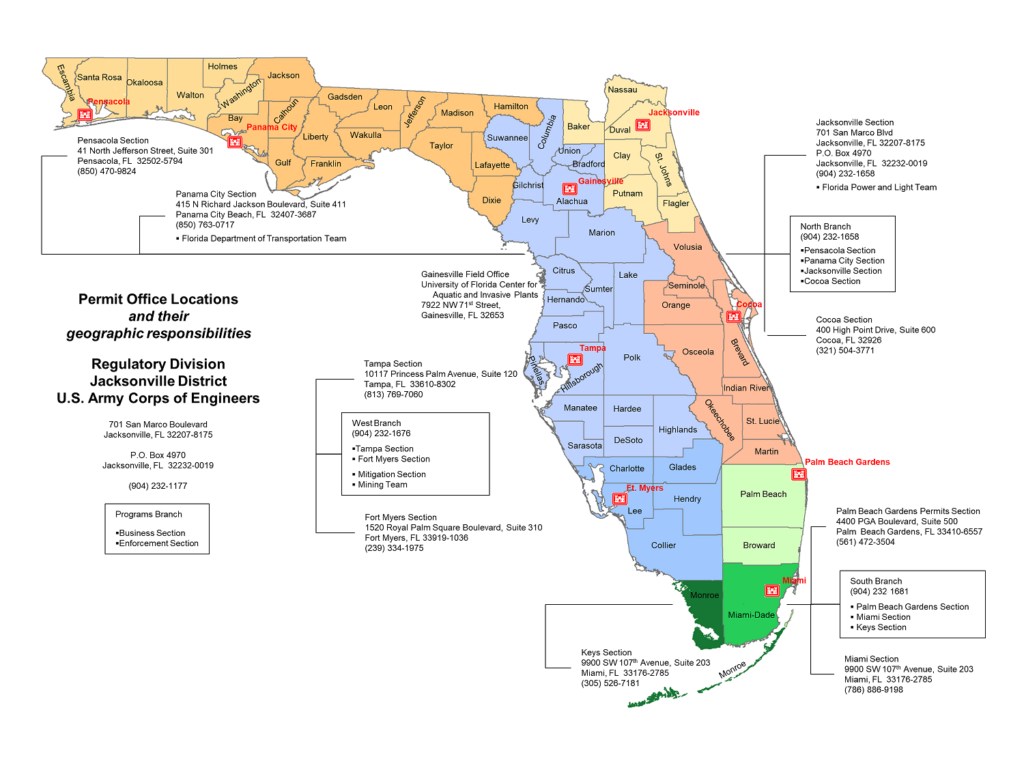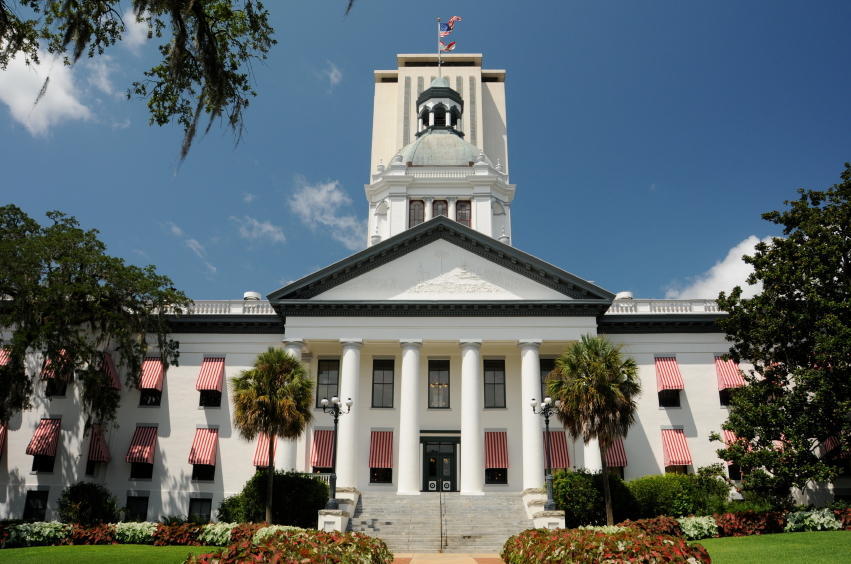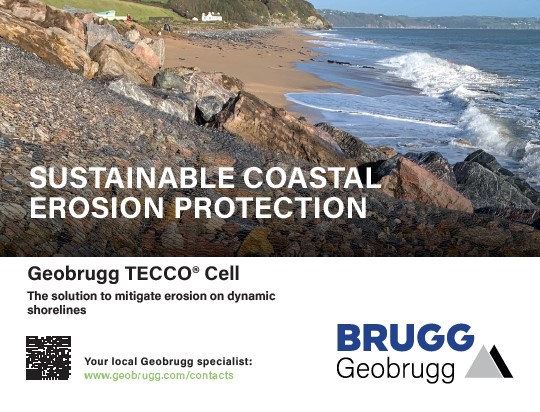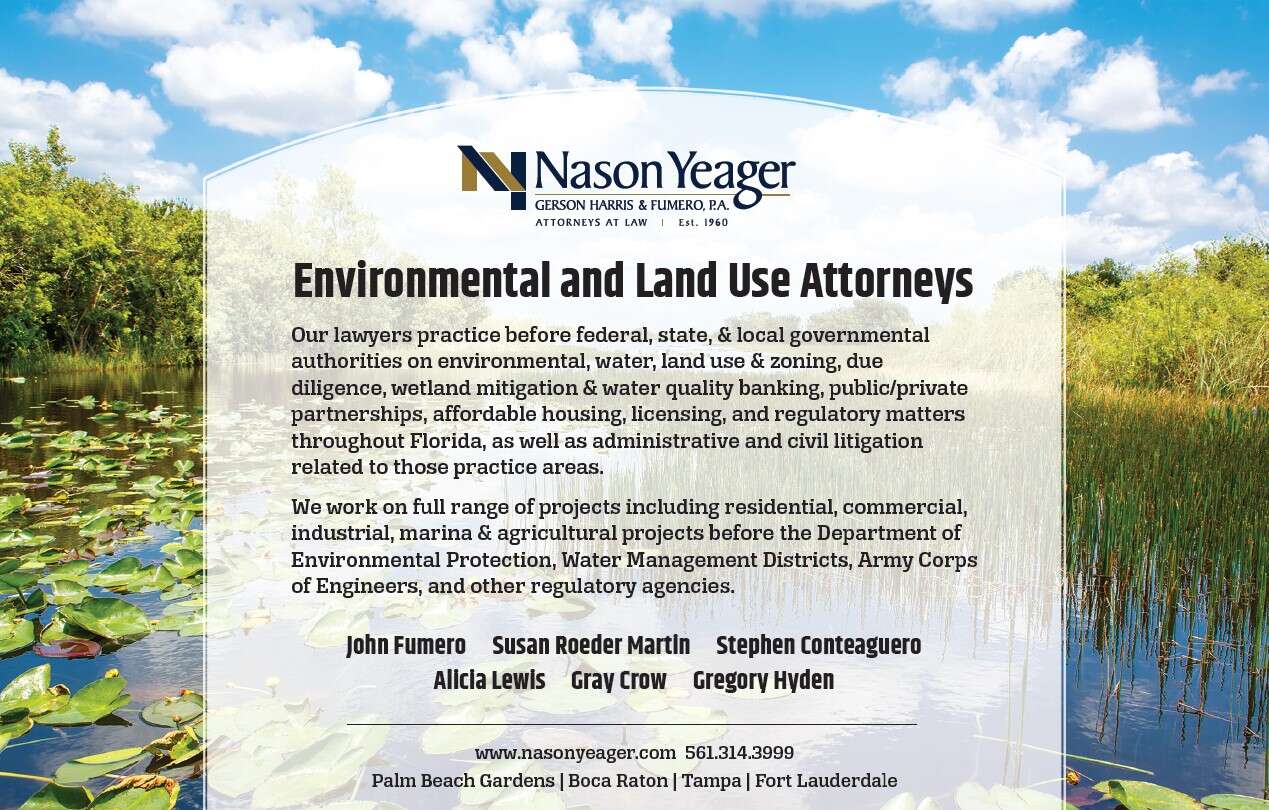By PATRICK GILLESPIE
The U.S. Fish and Wildlife Service filed a proposed rule in September to revise the critical habitat designation for the Florida manatee, “based on the physical or biological features essential to the conservation” of the state’s official marine mammal.
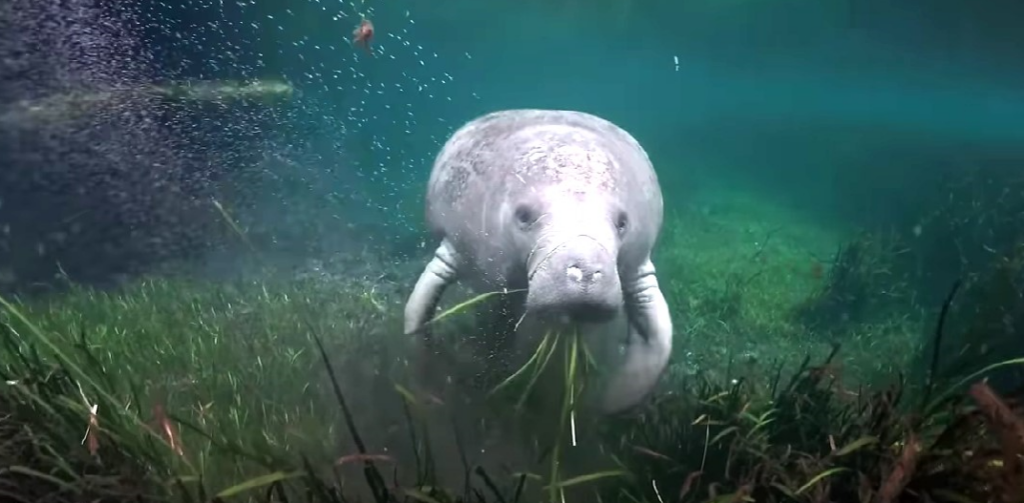
Manatees are protected by the Marine Mammal Protection Act of 1972, the Endangered Species Act of 1973, and the Florida Manatee Sanctuary Act of 1978. It is illegal to feed, harass, harm, pursue, hunt, shoot, wound, kill, annoy, or molest manatees, according to the Florida Fish and Wildlife Conservation Commission (FWC).
“Manatees have waited nearly 15 years for the Fish and Wildlife Service to fulfill its promise to update these lifesaving habitat protections, so this is a big win for the species,” said Ragan Whitlock, a Florida-based attorney at the Center for Biological Diversity. “Officials recently resorted to emergency feeding trials to try to keep these animals from starving to death from seagrass declines. Truly protecting the manatees’ home, including their seagrass food source, is the most important step on their road to recovery.”
The U.S. Fish and Wildlife Service (FWS) will accept comments on the proposed rule on or before 11:59 p.m. EST on Nov. 25. The proposed rule also affects habitat for the Antillean manatee, which is primarily found in the Caribbean.
According to the News Service of Florida, the proposal came after the Center for Biological Diversity, Defenders of Wildlife and the Save the Manatee Club filed a lawsuit in 2022 to try to force upgraded habitat protections. The federal agency later reached a settlement and agreed to propose revised critical habitat for manatees by this month.
“For too long, we have degraded and destroyed the Florida manatee’s habitat through pollution, dredging and blocking access to the natural warm water springs vital to its winter survival,” Jane Davenport, a senior attorney at Defenders of Wildlife, said in a prepared statement. “When finalized, the proposed critical habitat expansion will give federal, state and conservation groups the information and impetus to ensure the beloved Florida manatee’s full recovery.”
As part of its rule filing, the U.S. Fish and Wildlife Service proposes 12 areas that would be included as critical habitat units, totaling nearly 2 million acres of public and private owned land in throughout the state. In 1976, the federal government designated 965,394 acres of critical habitat for the Florida manatee.
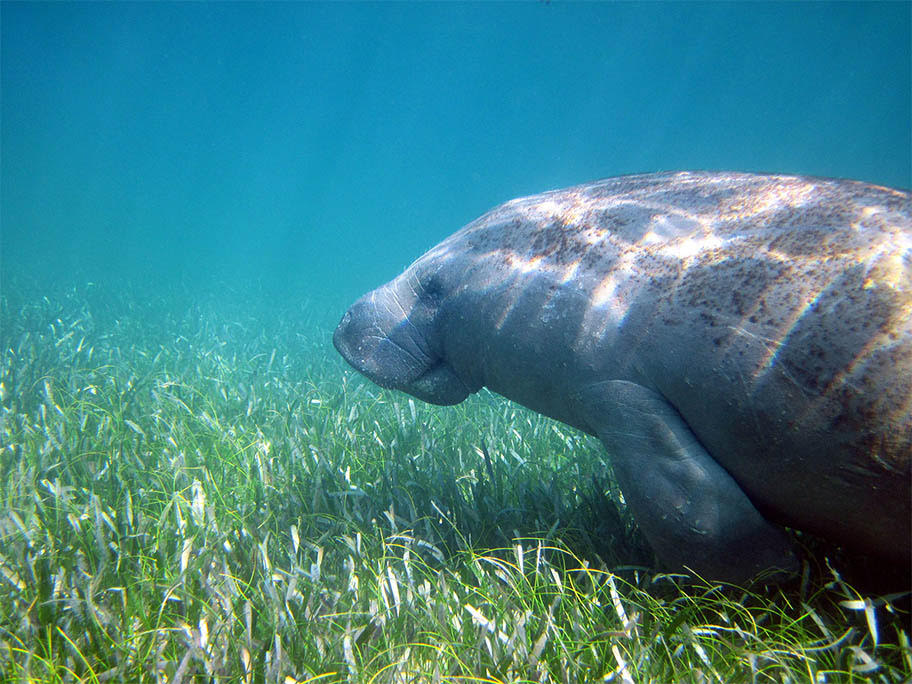
The areas are:
- Wakulla Springs
- Manatee and Fanning Springs
- Withlacoochee Bay to Anclote River
- Tampa Bay
- Venice to Estero Bay
- Rookery Bay to Florida Bay West
- Upper Florida Keys
- Biscayne Bay to Deerfield Beach
- Boynton Beach to Fort Pierce
- Vero Beach to Northern Indian River Lagoon
- Upper St. Johns River
- Silver Springs
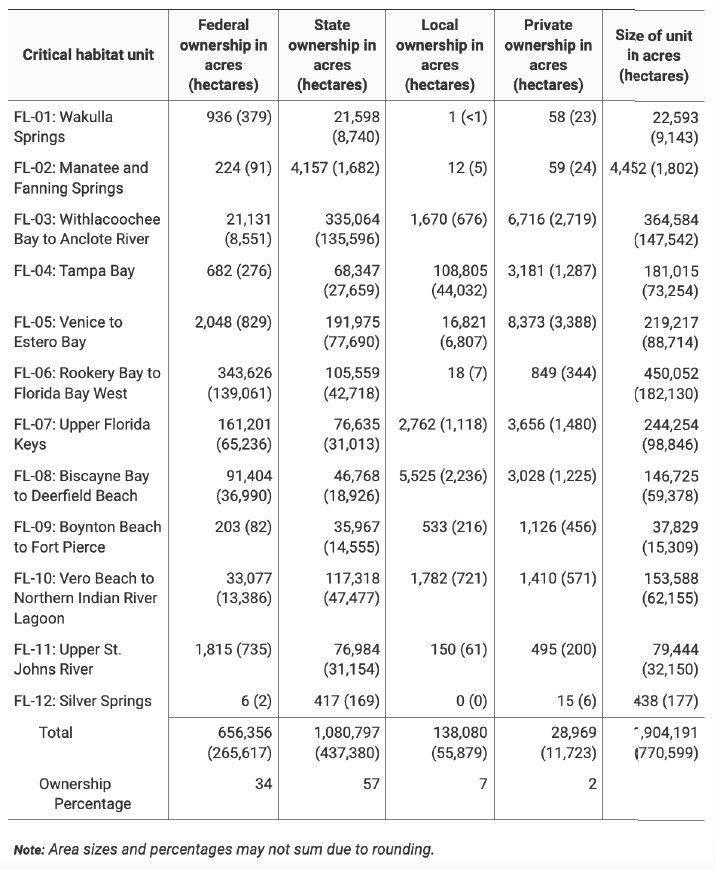
According to the federal agency, the twelve units are proposed for designation based on one or more of the physical or biological features being present to support the Florida manatee’s life-history processes. Some units contain all of the identified physical or biological features and support multiple life-history processes. Some units contain one or more of the physical or biological features necessary to support the subspecies’ particular use of that habitat. Seagrass die-off as a result of pollution and boating pose dangers to the manatee, also called the sea cow. According to FWC, 555 manatees died in 2023 and 475 have died through Oct. 11 in 2024. These numbers are lower than the prior years, as 1,100 manatees died in Florida waters in 2021 and 800 in 2022.


